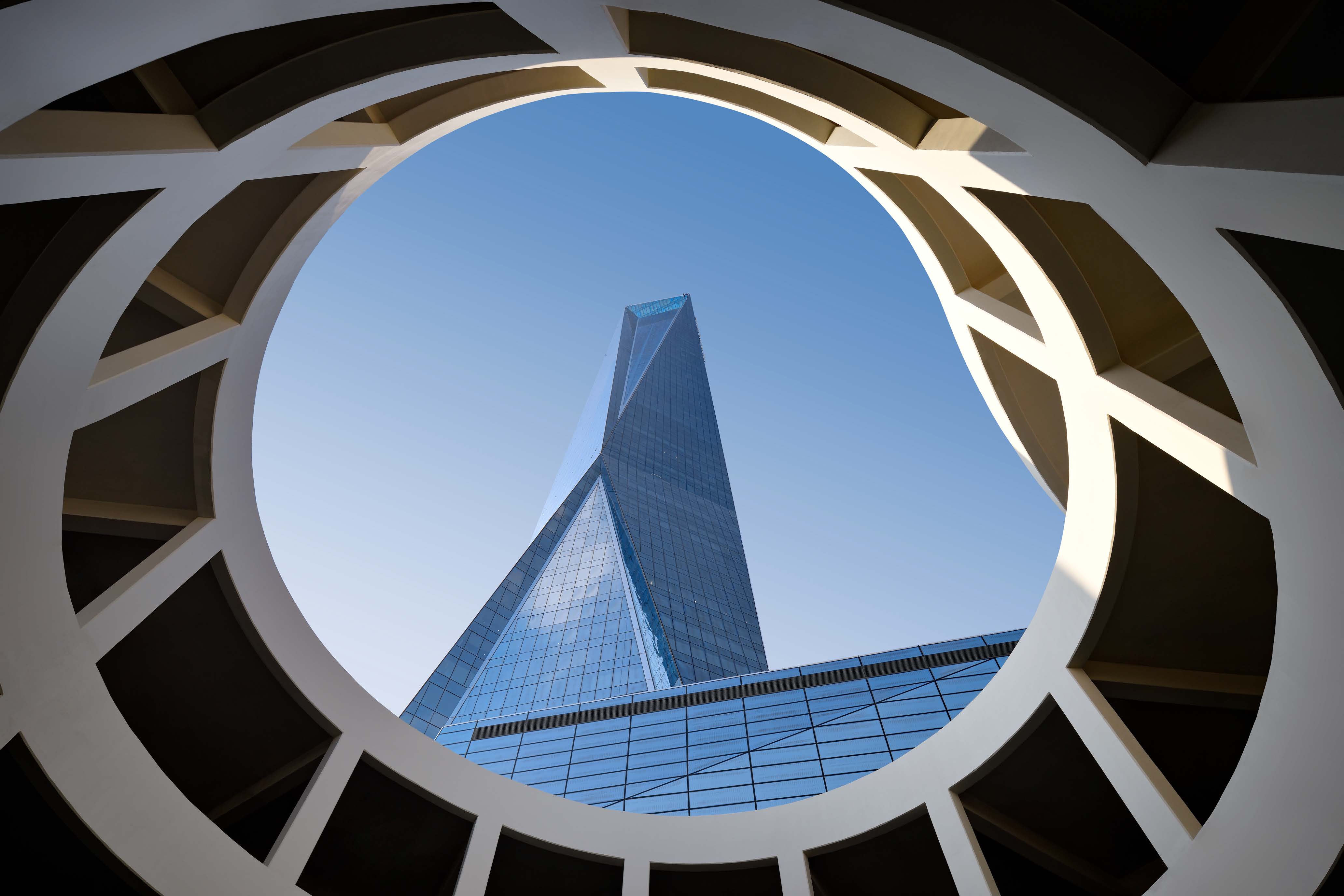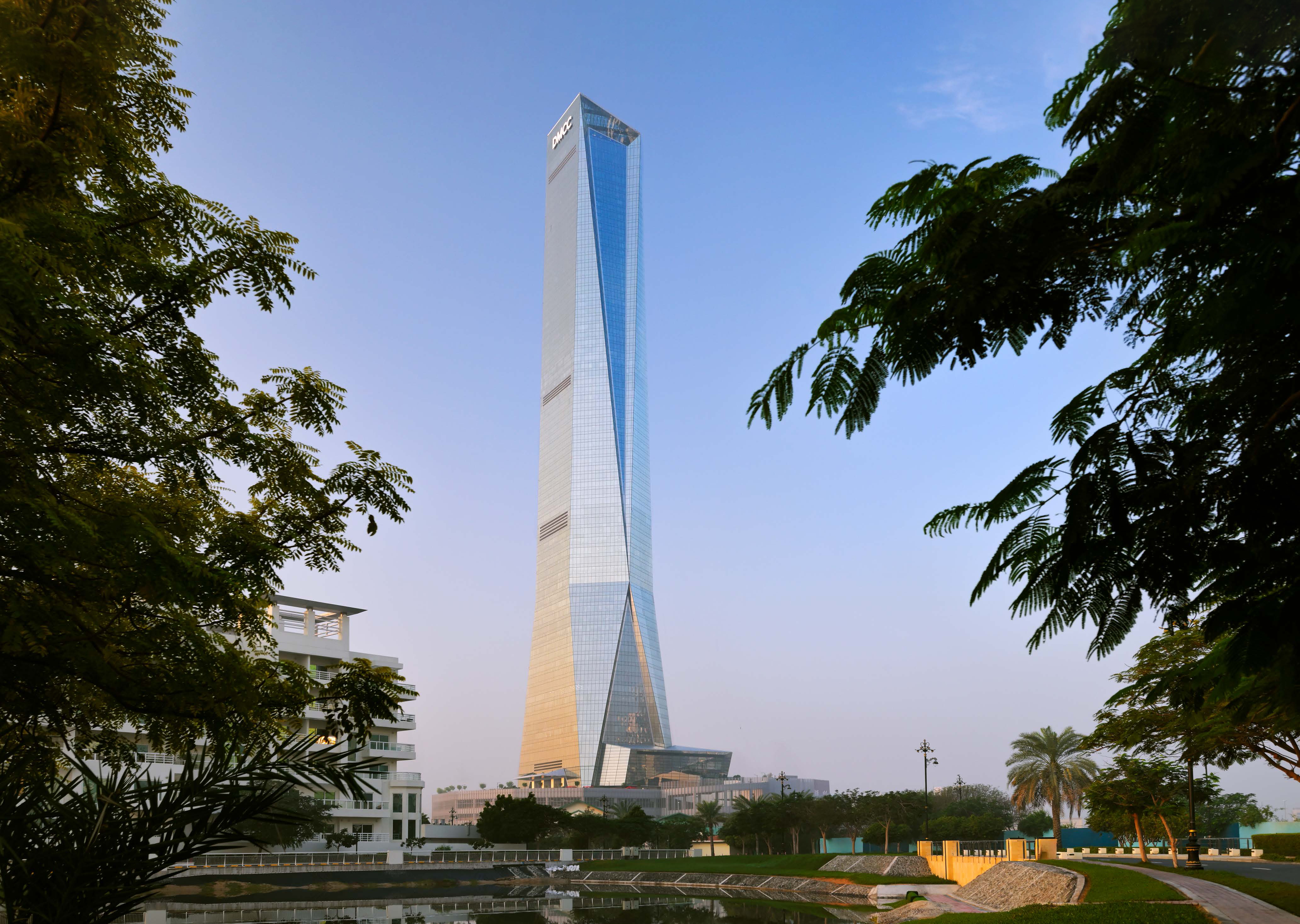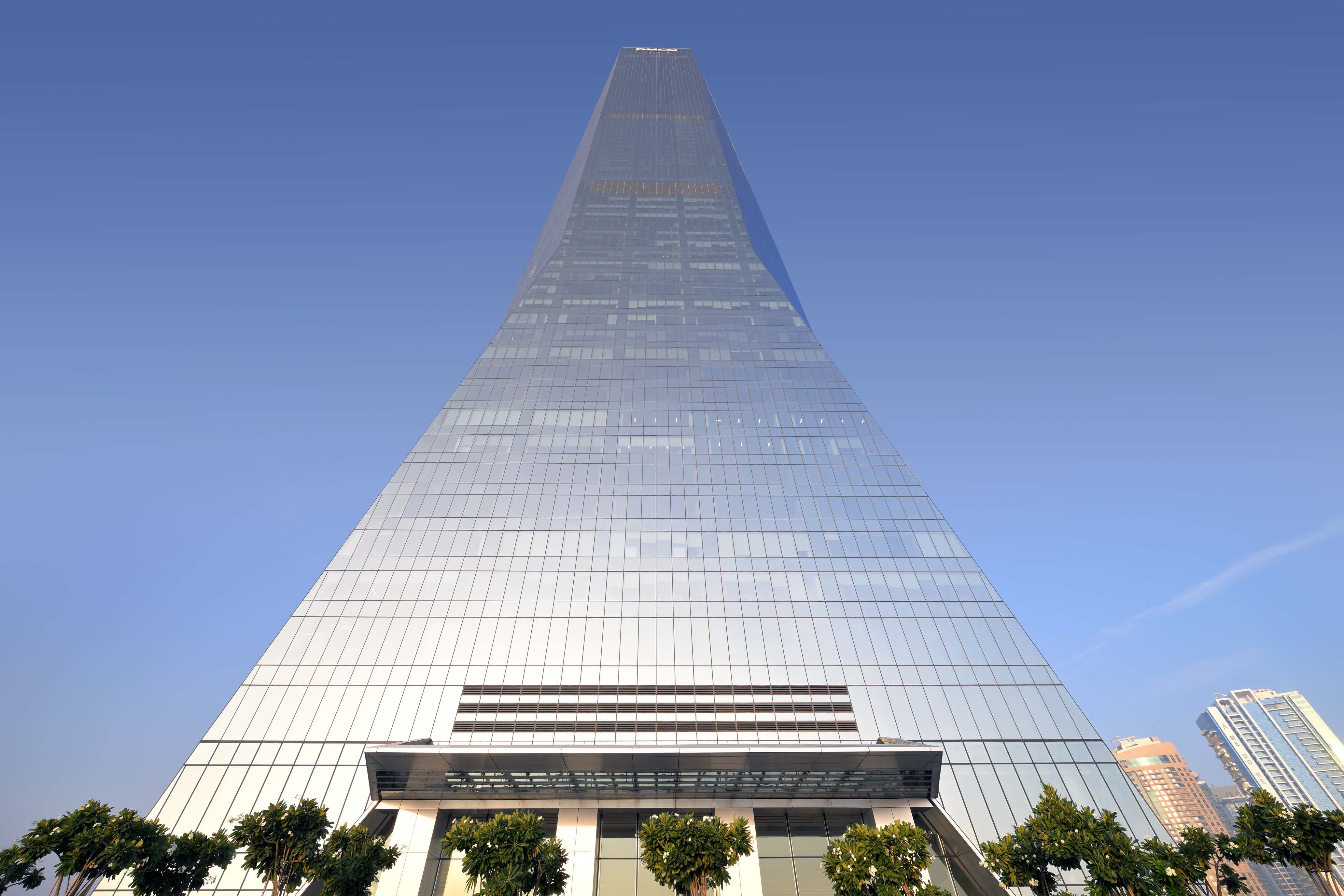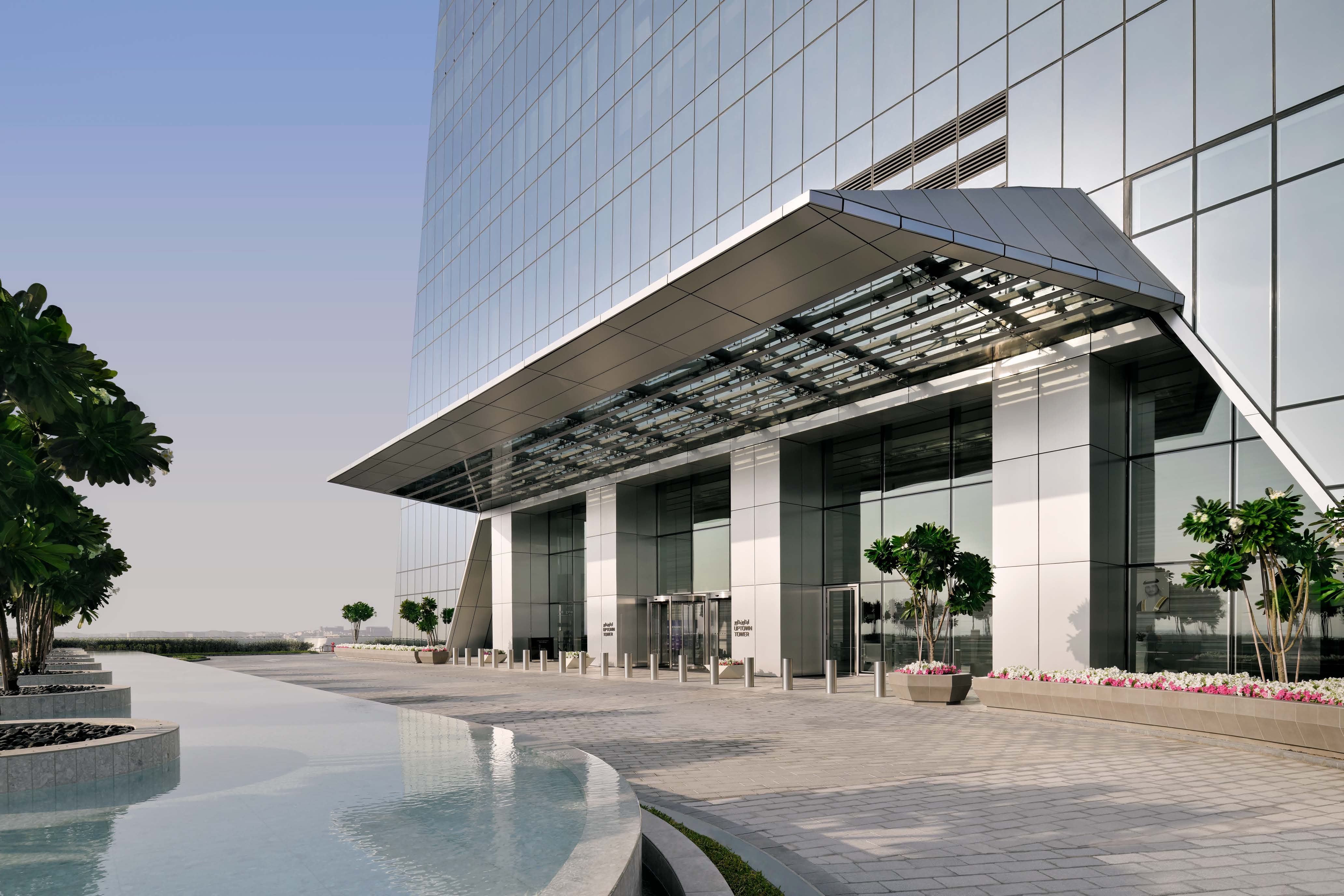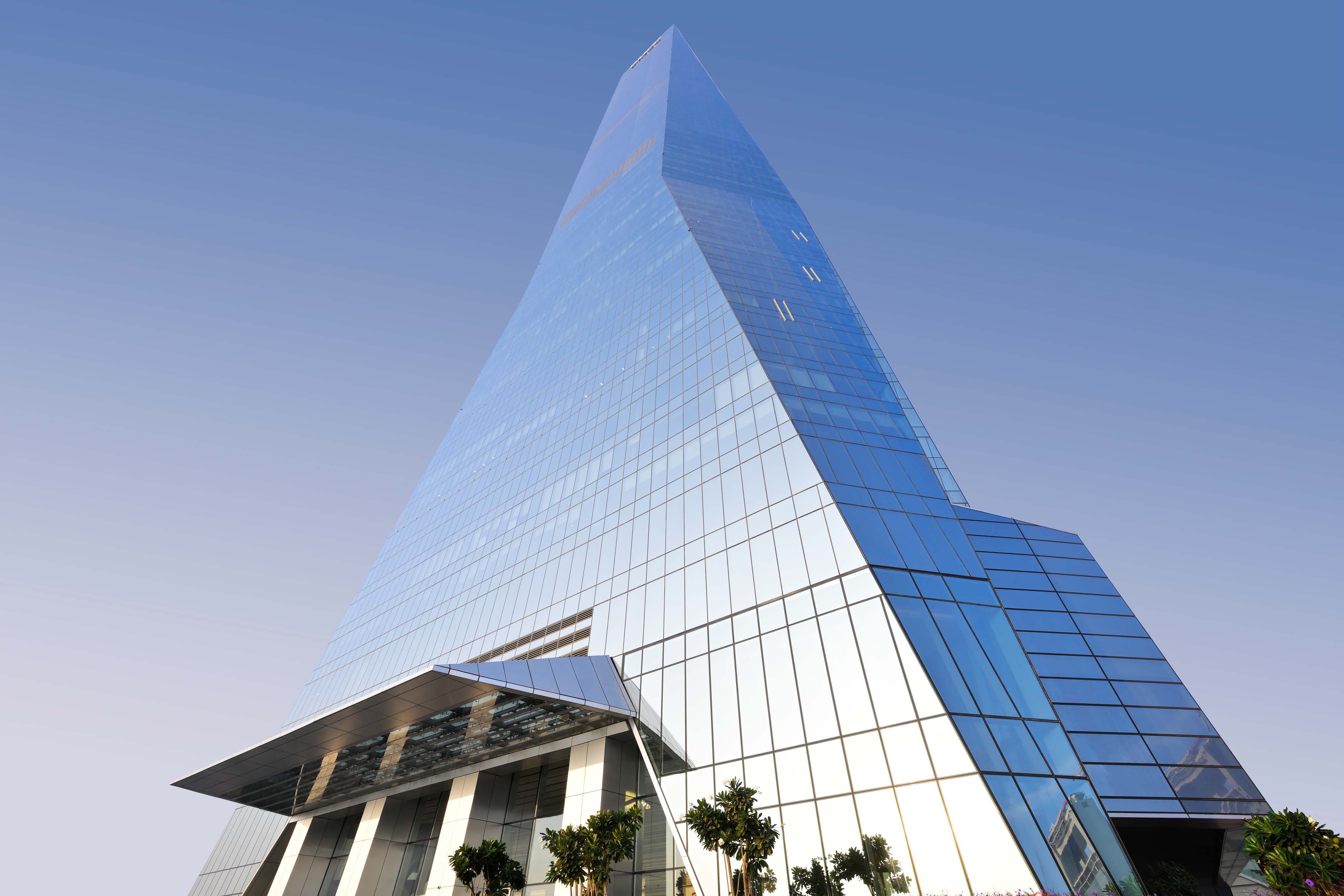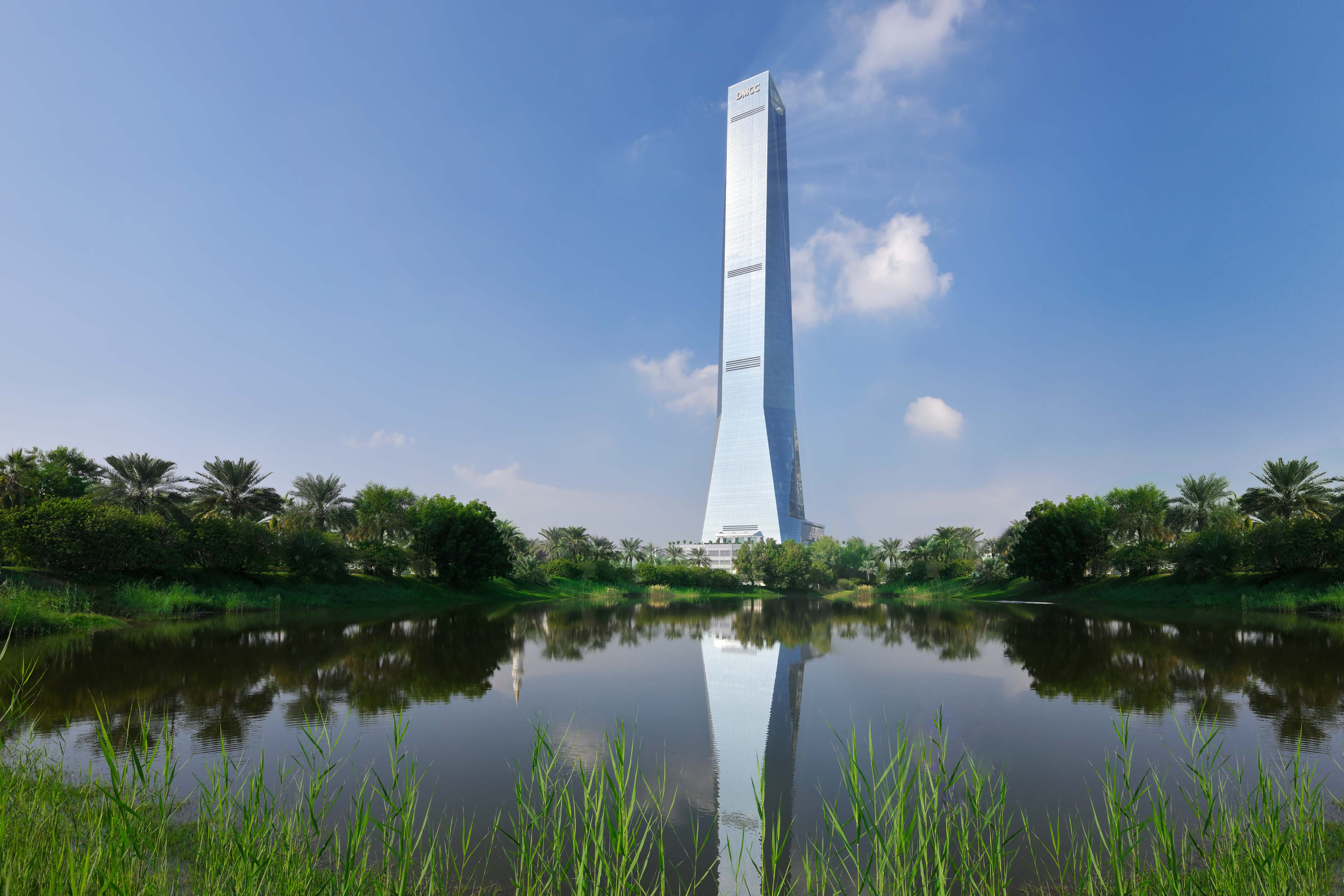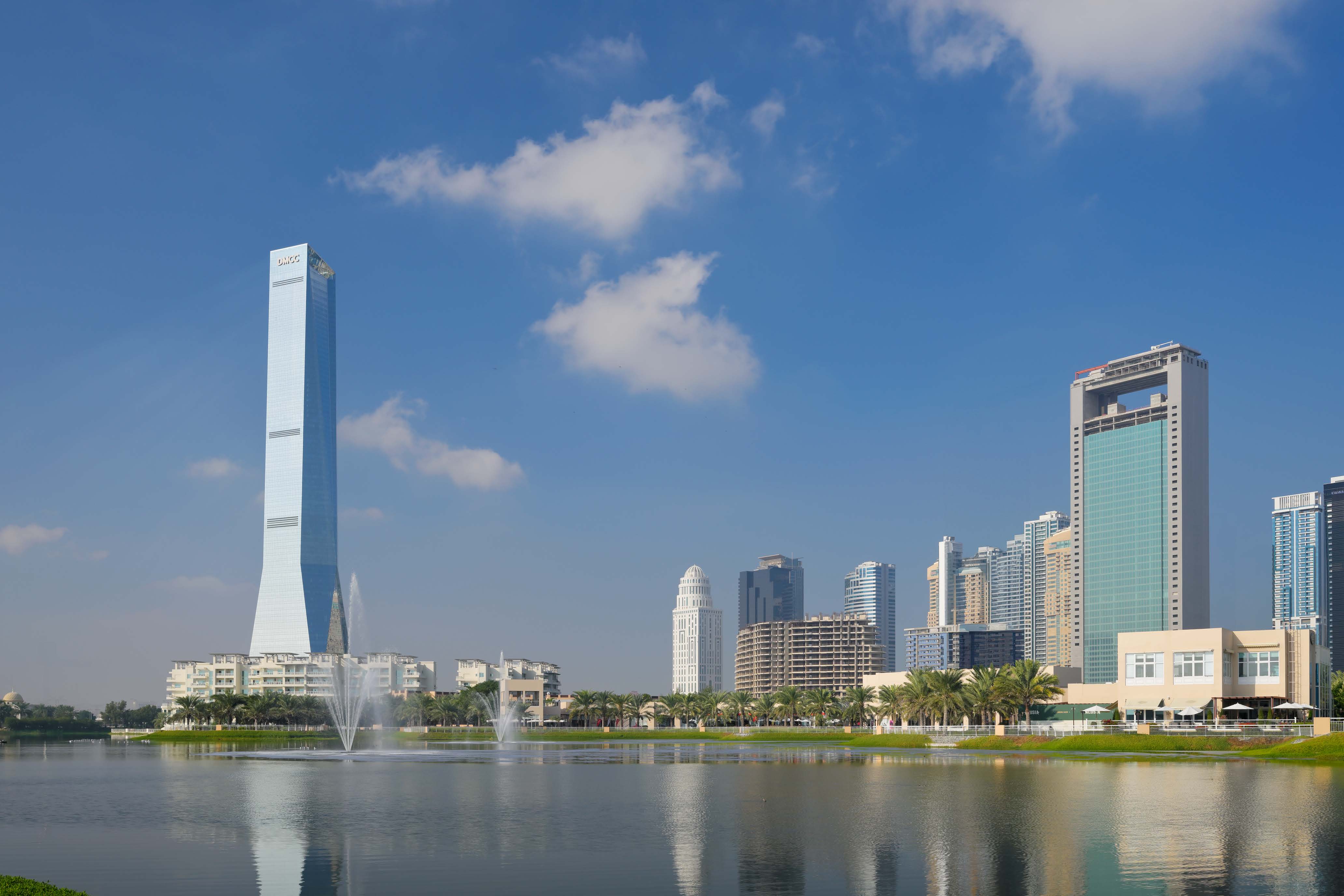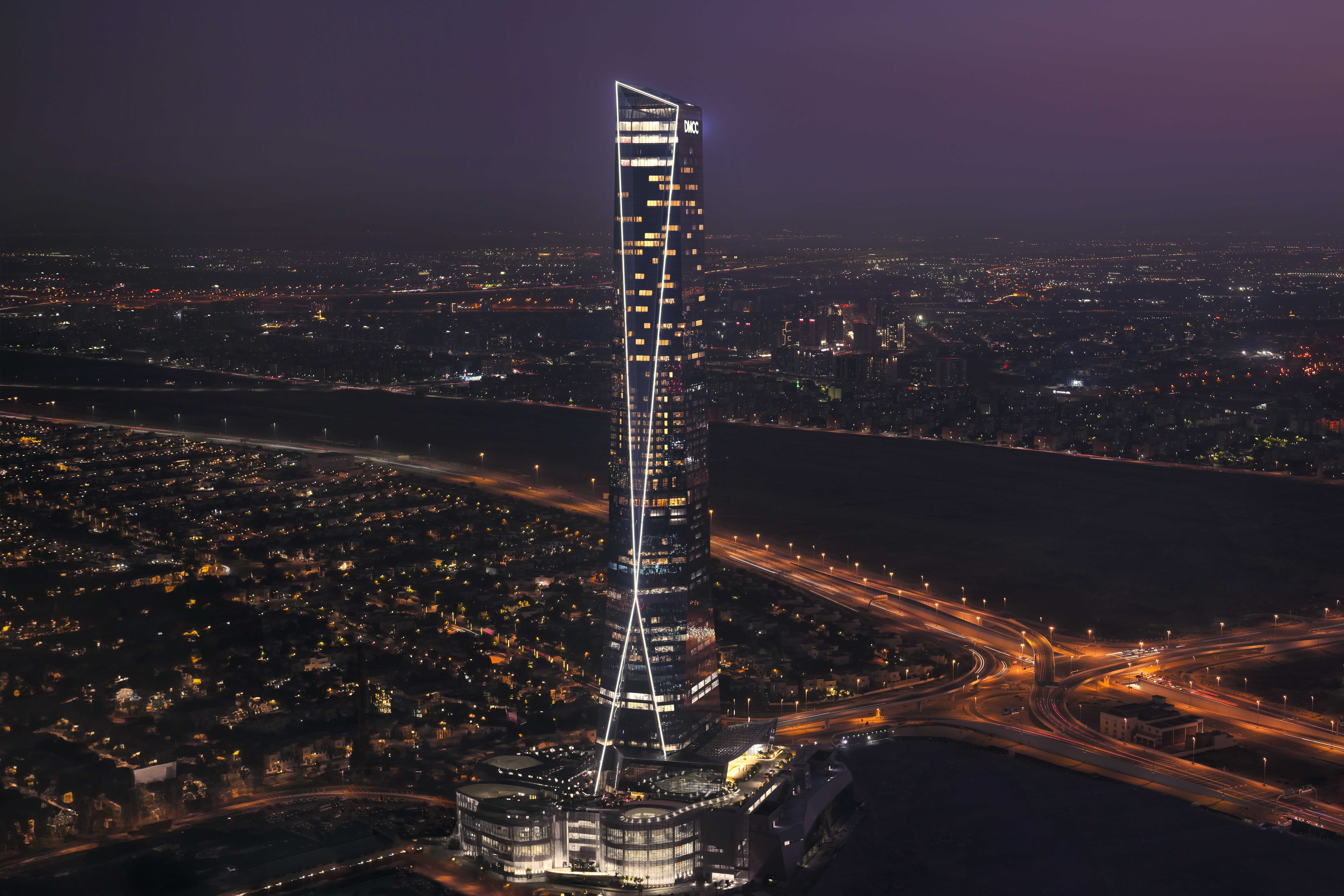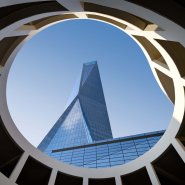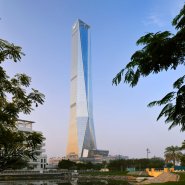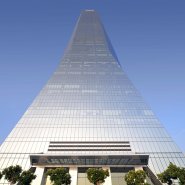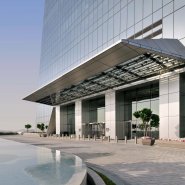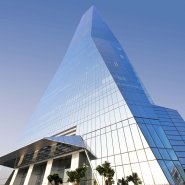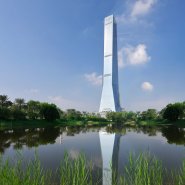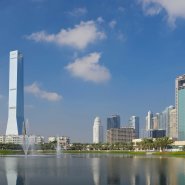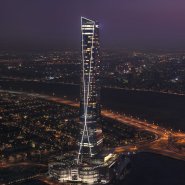AS+GG’s Uptown Tower is the first completed building in the Uptown Dubai District in Dubai’s Jumeirah Lake Towers Free Zone, a new global commercial hub and world-class cultural destination that is a new southern gateway into Dubai and client Dubai Multi Commodities Centre Company (DMCC) headquarters. The tower sits at the heart of a 24-hour neighborhood with world-class dining, unique retail experiences, a central entertainment plaza, and some of the most renowned hotels and leading businesses from around the world.
The 190,000 sm, 340-meters-tall, 81-story mixed-use Uptown Tower includes office, residential, and hotel functions with expansive views of Dubai's waterfront and iconic skyline. The tower features a 188-key 5-star luxury hotel, “SO/ Uptown Dubai,” several restaurants, extensive conference facilities, Grade-A office floors, and 229 signature SO/ branded residences. The retail podium includes spaces for vehicle parking, MEP rooms, back-of-house spaces, a ballroom, and conference rooms, as well as separate entrances for the tower’s functions.
Architecturally, AS+GG’s design concept combines our deep understanding of the challenges associated with supertall towers and the environmental performance issues associated with Dubai’s climactic conditions. We see these two issues as opportunities to develop a complex that has a unique architectural expression and is a physical symbol for Dubai in the 21st Century. The result is the next generation of mixed-use development: a self-sustaining, intelligent structure that combines optimal performance with aesthetic beauty. Uptown Tower advocates a progressive, environmental position that is intelligently planned and technologically advanced.
AS+GG’s design was inspired by the facets of diamonds. The trade of diamonds is one of DMCC's most acclaimed success stories and a source of inspiration for the physical design. A diamonds unique strength and beauty reflects the important trade mission of the DMCC organization. Diamonds are one of the earth's most precious creations and are the most durable known natural material, symbolizing eternal endurance blending beauty with strength, an apt metaphor for a supertall tower.
Grand canopies shade the drop-offs on either side of the deck level, giving a strong inviting identity to both the hotel and office entries. Both the hotel and office canopies are fully glazed with a translucent top side and utilizing laminated glass with embedded metal mesh coating the underside soffit. Each is worthy of a true five-star experience. The canopies are integral with the tower and retail podium structure and are delicately cantilevered with no perimeter support, providing a direct and seamless connection between the exterior and the interior.
The curtain wall was designed from the outset as a unitized system consisting of interlocking prefabricated panels with thermally broken extruded aluminum mullions and transoms incorporating both vision glass and insulated shadowbox construction. Both the verticality of the structure and the shape of the plan are emphasized by and reflected in the planar and faceted nature of the design. The "shingle" expression emphasizes the space between the folds of the planar walls and provides a dynamic aspect to the design.
A LEED workshop was held early in the design process to ensure the tower reaches LEED Gold certification through a variety of passive and active sustainable strategies including electric vehicle charging stations; a vigorous planting strategy to provide shade over paving areas on the site within 10 years of planting; and an overall estimate of 23.8% - 24.5% reduction in energy costs. Water conservation strategies, particularly important in Dubai, include the management of a 98th percentile rain event sitewide with storage tanks, pervious pavers, bioswales within temporary parking and infiltration chambers; landscape water requirement reduced by 100% from the calculated baseline for the site’s peak watering month; 30% water-use reduction achieved through plant species selection and irrigation system efficiency as calculated in the Environmental Protection Agency (EPA) WaterSense Water Budget; and 100% of irrigation water demand using alternative water sources.
